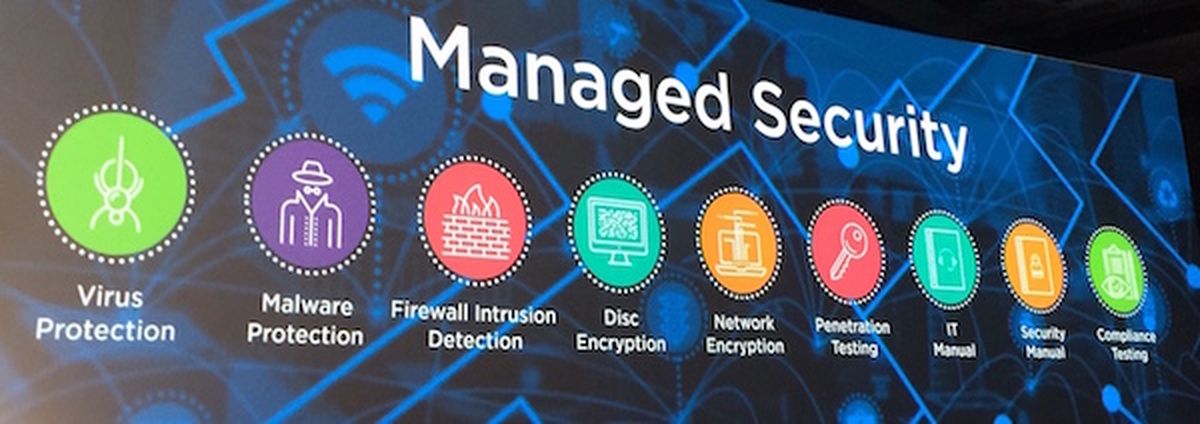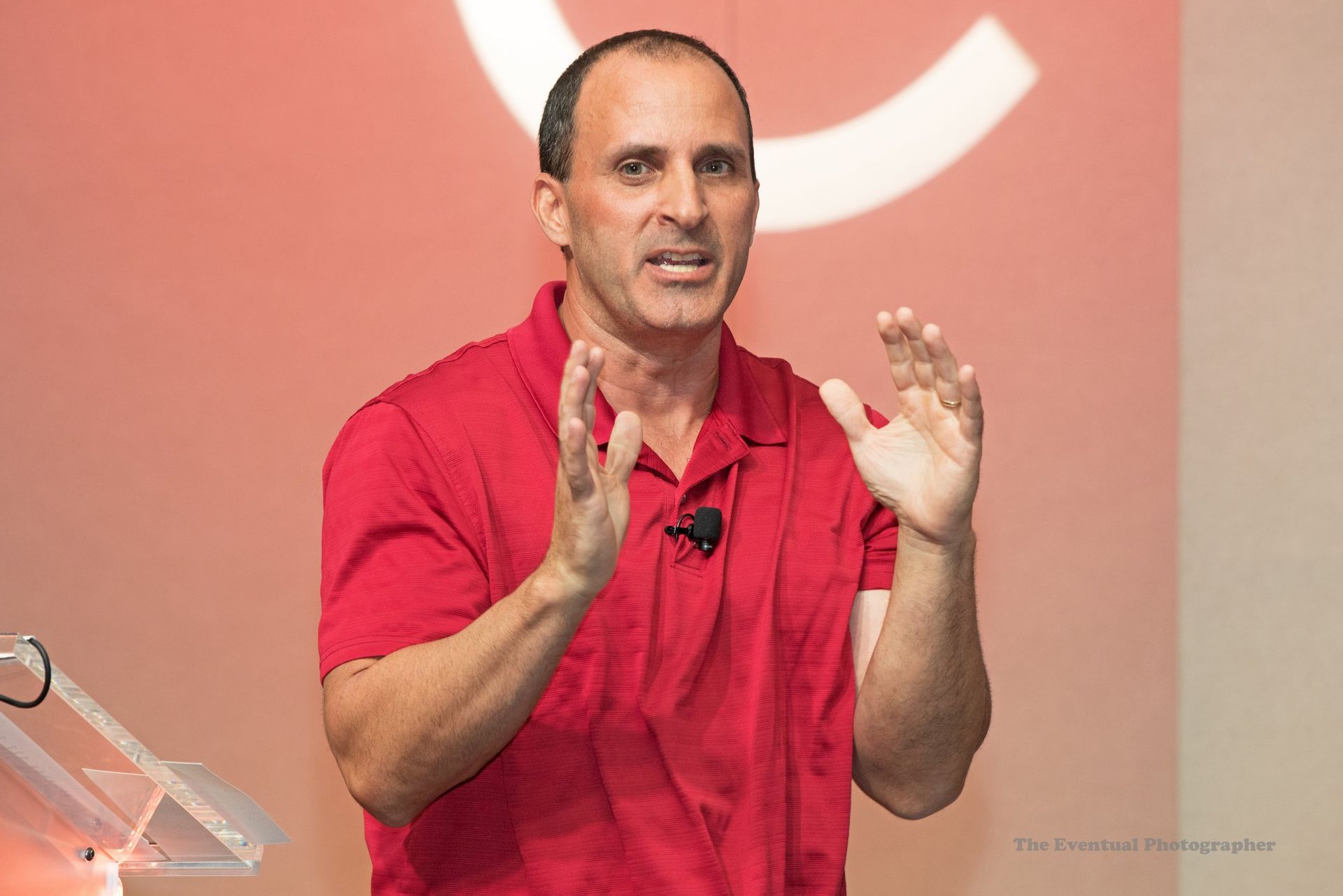
Here's a look at the list. Comments after each bold section are from ChannelE2E.
1. Virus Protection: In some ways this is a mature market. But consider this: The global antivirus software package market is expected to grow at a CAGR of 9.08% from 2015 to 2019, according to Research and Markets.
2. Malware protection: What's the difference between malware and a computer virus? A virus is a program that copies itself from one place to another. Malware, on the other hand, is a much broader term. Malware is simply short for "malicious software" and includes other types of software such as viruses, trojan horses, worms, spyware, and adware, according to Dynamic Alliance.
3. Firewall intrusion protection: Firewalls limit access between networks to prevent intrusion and do not signal an attack from inside the network, notes Wikipedia. But don't overlook the need for an intrusion detection system (IDS), which monitors a network or systems for malicious activity or policy violations, notes Wikipedia:
"Any detected activity or violation is typically reported either to an administrator or collected centrally using a security information and event management (SIEM) system. A SIEM system combines outputs from multiple sources, and uses alarm filtering techniques to distinguish malicious activity from false alarms."
4. Disk encryption: This is one piece of the growing encryption software market, which also includes file/folder encryption, database encryption, communications encryption and cloud encryption. The encryption software market is estimated to grow from $3.05 billion in 2016 to $8.94 billion by 2021. That's an estimated CAGR of 24.0%, according to Markets and Markets.
5. Network encryption: Network encryption (sometimes called network layer, or network level encryption) is a network security process that applies crypto services at the network transfer layer - above the data link level, but below the application level, according to TechTarget.
6. Penetration testing: The Information Assurance Certification Review Board (IACRB) manages a penetration testing certification known as the Certified Penetration Tester (CPT).
7. IT manual: Not sure where to get started? Check out The Wall Street Journal's guide to writing a business operations manual -- then apply that guidance to IT.
8. Security manual: See item seven and apply to security.
9. Compliance testing: Here, I suspect most MSPs will need to find a compliance testing service rather than building out their own practice areas. Compliance testing is also known as Conformance testing.
Managed Security Services: What's Next?
Many MSPs are formulating their managed security strategies now. Some are even repositioning as managed security service providers (MSSPs) -- charging fees that are over and above the traditional MSP services.
Also, keep an eye on NOC (network operations center) providers. Continuum, for instance, plans to launch a SOC service over and above its NOC service for MSPs. CEO Michael George briefly mentioned the plans during Continuum's Navigate 2016 conference in September.




